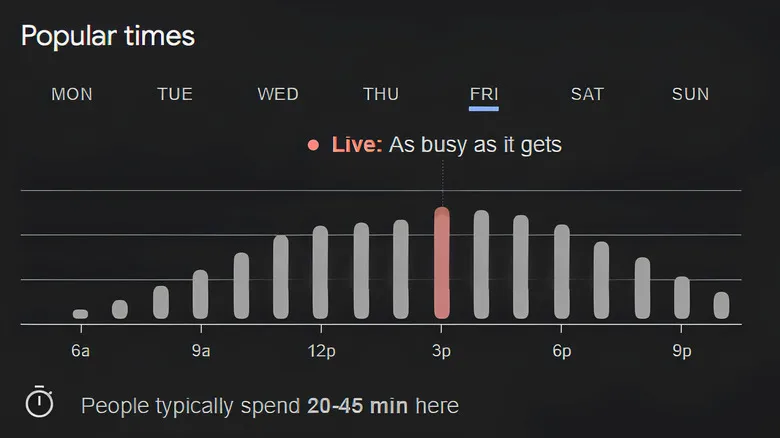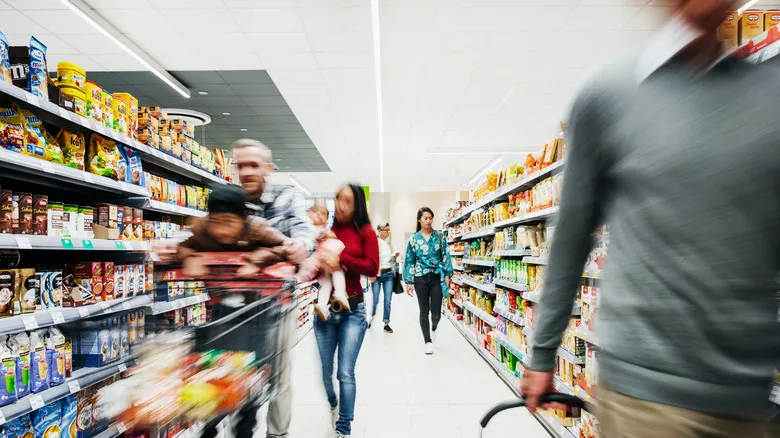How Google's popular times chart works

While Google's widely-used Times chart is incredibly helpful for organizing your shopping excursions, its accuracy raises questions about its underlying mechanics. Essentially, it relies on location tracking and data storage, which some may view as intrusive, but in this case, it's relatively benign.
Google explains that the popular times for a location are derived from data gathered from users who have opted into Google Location History, a feature that is disabled by default. When activated, this service utilizes a person's mobile device to monitor their whereabouts and the duration of their visits to various places. Once a sufficient number of individuals with Location History enabled have frequented a business, Google compiles this information into a chart and employs real-time data to assess how busy a location is at any given moment. Although being monitored by a large corporation like Google may seem somewhat unsettling, it proves quite useful for steering clear of large crowds at your preferred grocery stores, a convenience that most people appreciate.
Recommended

How Many Bags Of Chips Should You Buy For A Party?

The Worst Store-Bought Marinara Sauce, According To Our Taste Test

The Grocery Shopping Trick That Encourages You To Buy More Produce

The Worst Vanilla Ice Cream Out Of The Most Popular Brands
Next up

